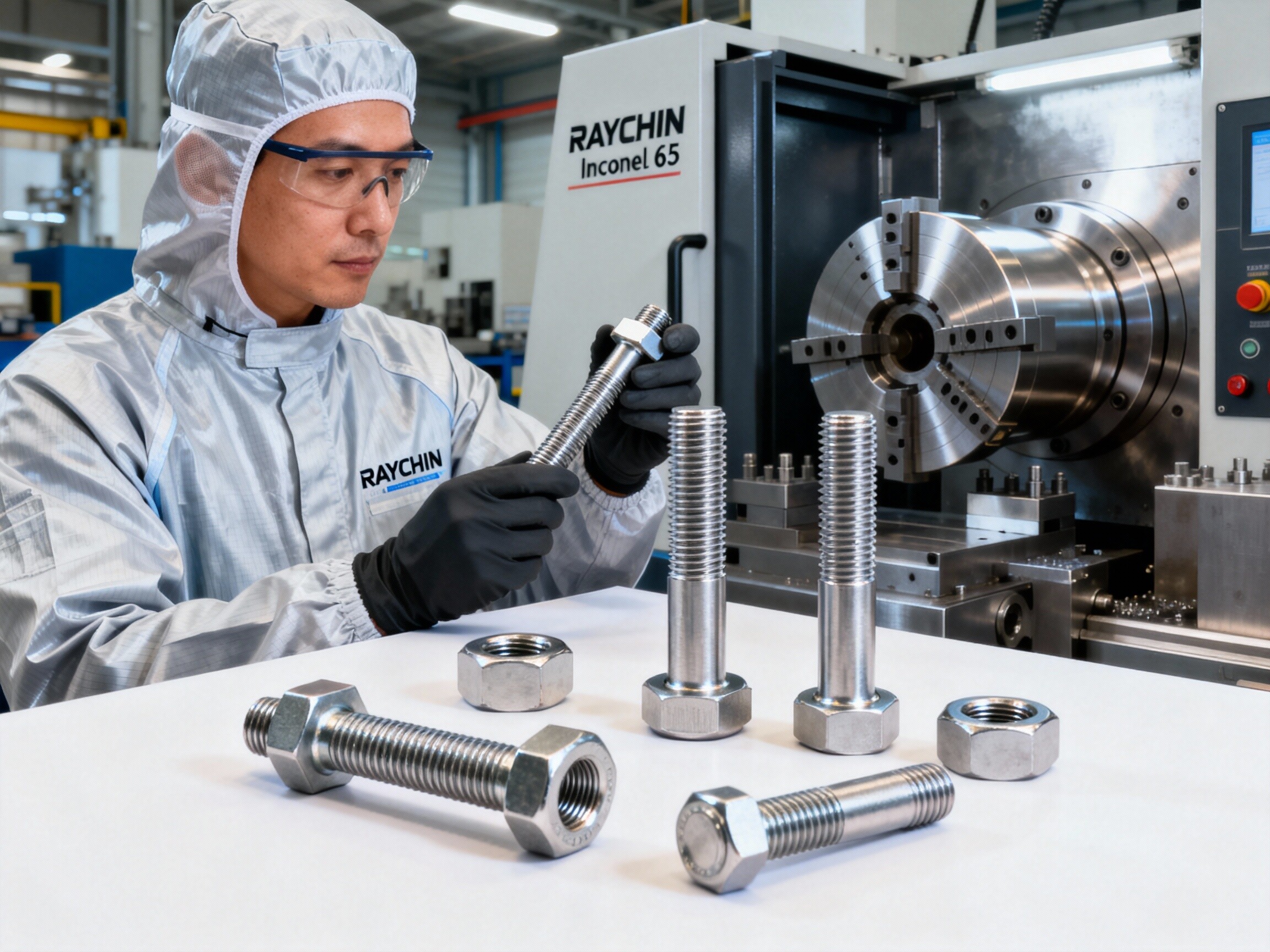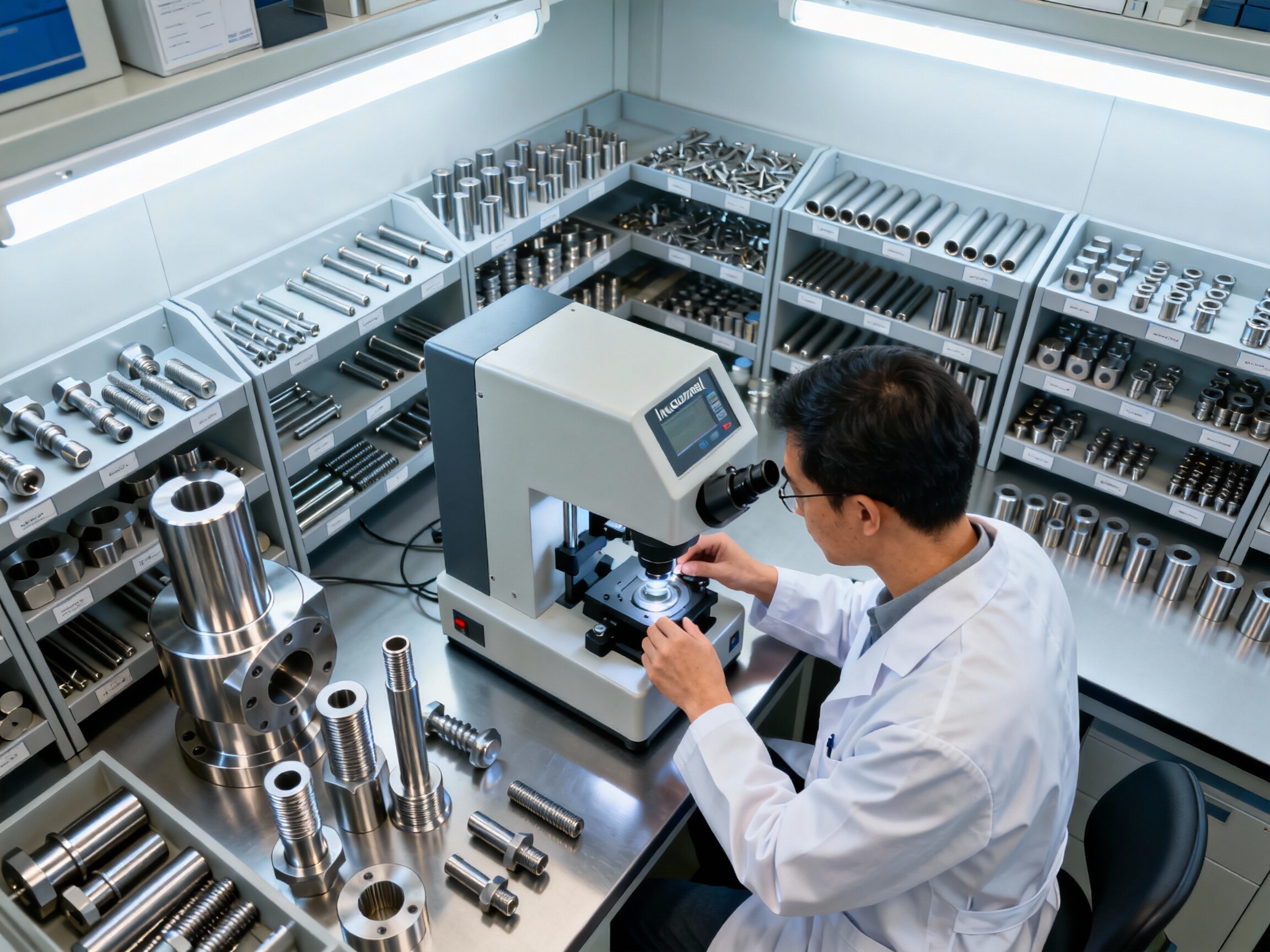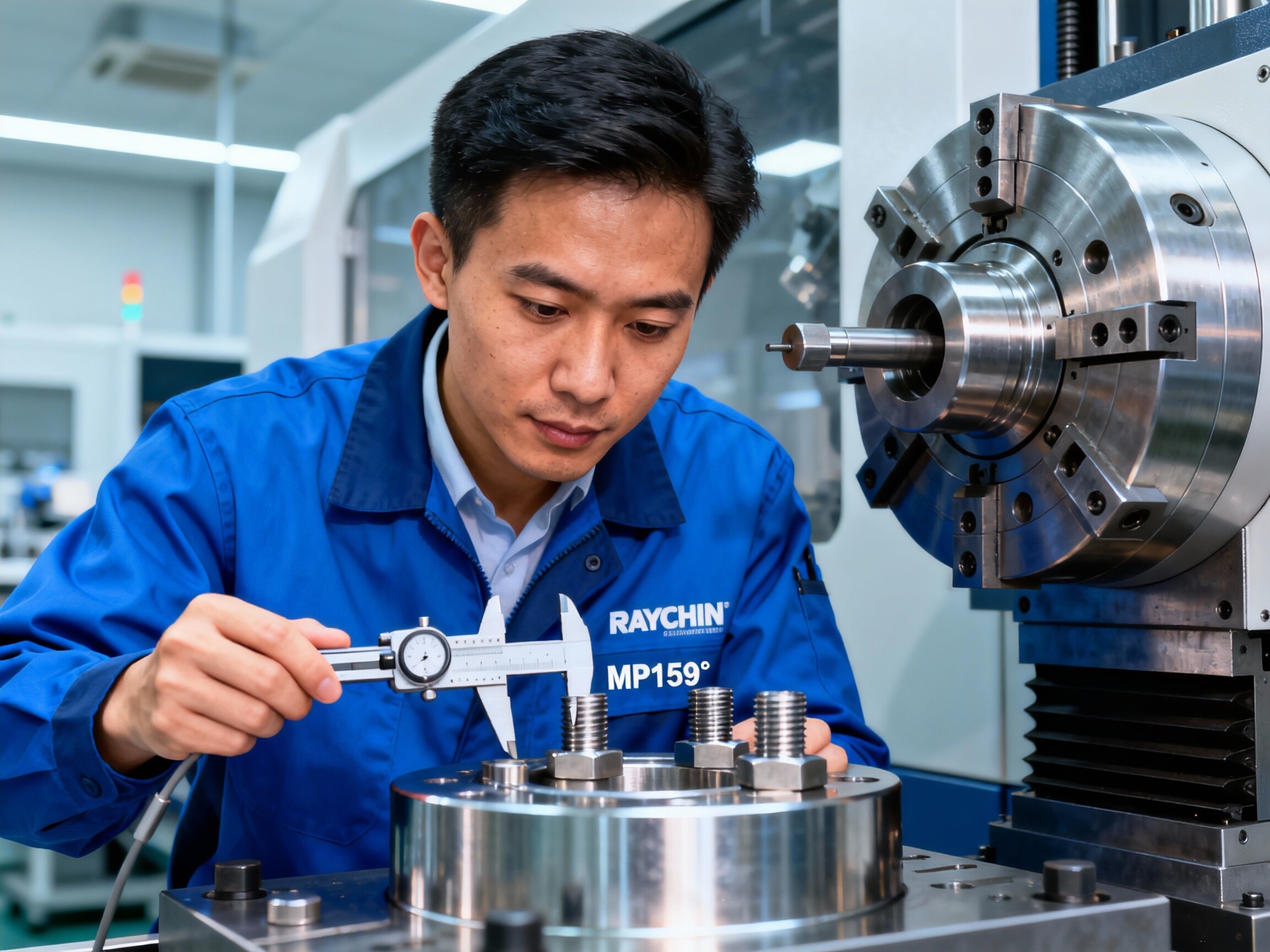Categories List
Hastelloy bolts, nuts, and studs, thanks to their exceptional stability in extremely corrosive environments, have become the "safety guards" of high-risk industries such as the chemical, energy, and marine industries. The following analysis focuses on specific applications and selection considerations:
I. Core Application Areas of Hastelloy Fasteners
1. Strong Acid and Mixed Media Environments
Chemical Reaction Equipment: Used in concentrated sulfuric acid condensers, hydrochloric acid reactors, and acetic anhydride production units. C-276 and C-22 alloys, with their high molybdenum (14%-16%) and chromium (~21%) content, offer resistance to media such as boiling concentrated sulfuric acid and wet chlorine.
Phosphoric Acid Production: Processing impure phosphoric acid containing fluorides and solid particles, C-276's pitting resistance prevents leaks caused by crevice corrosion.
2. High Chloride Ion and Seawater Environments
Flue Gas Desulfurization (FGD) Systems: Absorber tower bolts must withstand sulfur-laden wet flue gas (containing Cl⁻ and SO₂). C-276 has a service life exceeding five times that of 316L stainless steel in acidic slurries at 60-80°C.
Desalination Equipment: Pump and valve flange fasteners utilize C-22 or C-276 to resist seawater erosion and salt spray corrosion, minimizing the risk of stress corrosion associated with duplex steel in high-temperature seawater.
3. High-Temperature, High-Pressure, and Extreme Operating Conditions
Petroleum Refining: Hydrogenation reactor bolts must operate in a 400°C + H₂S environment. NiCr21Mo14W (UNS N07022), due to its tungsten content (3-4.5%), exhibits superior high-temperature creep strength compared to conventional alloys.
Waste Incineration Power Generation: Hastelloy X is used for grate bolts to withstand corrosion at 900°C from chlorine-laden flue gas and molten salts.
4. Special Industries
Pulp bleaching: C-276 studs in chlorine dioxide bleaching towers resist mixed corrosion from chlorates and organic acids.
Nuclear waste disposal: C-22 bolts are used in spent fuel containers, relying on their radiation stability and resistance to nitric acid corrosion.
II. Key Selection Considerations
1. Media Matching - Corrosion Type Determines Alloy Grade
The following table compares the applicable scenarios of major Hastelloy bolt materials:
Reducing Acids (hydrochloric acid, sulfuric acid): B-2/B-3 (high molybdenum, low chromium) are preferred, but avoid contact with oxidizing media (such as Fe³⁺) to prevent accelerated corrosion.
Alternating Oxidation-Reduction Environments: C-276 or C-2000 (containing copper) are more balanced, such as the chlorobenzene/nitric acid switching reaction in MDI production.
Media Containing Solid Particles: Bolts require a higher hardness (e.g., grade 8.8) and a tungsten carbide-coated valve plate to reduce wear.
2. Linking Temperature and Mechanical Properties
High-Temperature Applications: Verify the alloy's high-temperature yield strength at temperatures above 200°C (e.g., RP0.2 > 250 MPa for C-276 at 500°C) to prevent creep relaxation from leading to preload failure.
Low-Temperature Applications: C-276 maintains toughness at -196°C, making it suitable for LNG valve bolts.
3. Welding and Manufacturing Process Control
Preventing Welding Hot Cracking: For high-nickel alloys (Ni > 50%) such as C-22, use ERNiCrMo-10 welding wire. Manganese (Mn) refines the grain size and desulfurizes, inhibiting the formation of low-melting-point eutectics.
Necessity of Heat Treatment: Solution annealing (e.g., water quenching at 1120°C for C-4) is required after cold forming to relieve processing stresses; otherwise, intergranular corrosion resistance is reduced.
4. Cost and Life Balance Strategy
Initial Cost Comparison: Hastelloy fasteners are approximately 3-5 times more expensive than 316L, but their lifespan can be extended by over 10 times in concentrated hydrochloric acid environments, significantly reducing replacement frequency.
Cost-Reducing Alternatives: For non-pressure-bearing areas, consider a Hastelloy stud + stainless steel nut combination, or use PTFE-lined gaskets to isolate the corrosive media.
III. Summary: Hastelloy Fastener Selection Logic
1. Corrosion First: Determine the media composition (especially halogens and oxidizing ions), temperature, and pH, and match the alloy based on corrosion manuals or test data.
2. Operating Condition Verification: Verify that mechanical loads (preload, vibration) and thermal cycles exceed the material's tolerance window.
3. Manufacturing Assurance: Select a supplier with solution annealing capabilities (e.g., 1120°C water quenching) and low-sulfur and phosphorus welding consumables to avoid field weld cracking.
4. Full-Life Cycle Assessment: For equipment with a lifespan greater than 10 years, while the initial cost of Hastelloy is high, maintenance costs can be reduced by over 40%. In critical locations where leakage can lead to accidents, such as valve flange sealing surfaces or reactor manholes, the high reliability of Hastelloy fasteners is the most cost-effective solution. They trade material cost for safety redundancy, representing engineers' intelligent response to extreme operating conditions.
Request A Quote! We'll respond as soon as possible(within 12 hours)
Get a Quote



